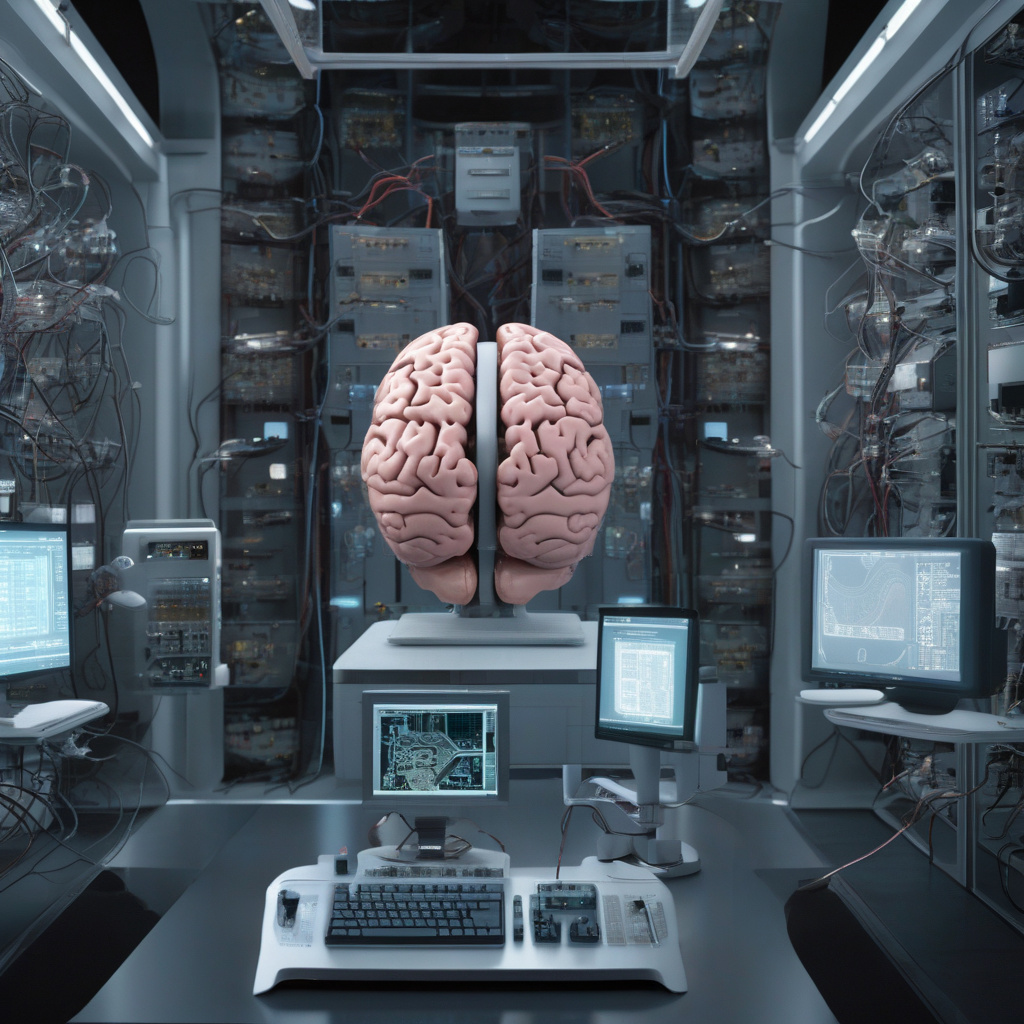Title: BCI: The Thing of Nightmare or Dreams?
In the ever-evolving landscape of technology, Brain-Computer Interface (BCI) emerges as a fascinating innovation with the potential to revolutionize how we interact with devices. BCI technology aims to enable users to control devices hands-free, simply by using their thoughts. The possibilities seem endless – from helping individuals with disabilities regain independence to enhancing productivity in various industries. However, amidst the excitement surrounding BCI, a crucial question looms large: Can security measures keep pace with the inherent risks associated with this groundbreaking technology?
Imagine a world where typing on a keyboard or tapping on a touchscreen is a thing of the past. With BCI, tasks could be accomplished effortlessly through mere thoughts. This level of seamless interaction between humans and machines holds immense promise, particularly for individuals with physical limitations. For example, those with paralysis could regain autonomy by controlling assistive devices using their brain signals. Furthermore, in fields like healthcare and gaming, BCI could open up new realms of possibilities, offering enhanced user experiences and improved outcomes.
However, the utopian vision of BCI also raises significant concerns, with security topping the list. As BCI technology relies on direct access to the user’s brain activity, the potential risks of unauthorized access or misuse become apparent. Imagine the implications if malicious actors could intercept or manipulate neural signals, leading to breaches of privacy, identity theft, or even physical harm. The very intimacy of BCI, which allows direct communication between the brain and external devices, also poses a unique challenge in safeguarding sensitive data and ensuring user safety.
To address these critical security concerns, robust measures must be implemented at every level of BCI technology development and deployment. Encryption protocols must be enhanced to secure neural data transmission, preventing unauthorized access or tampering. Multi-factor authentication mechanisms, such as biometric recognition, could add an extra layer of protection against unauthorized use. Additionally, continuous monitoring of neural signals for anomalies could help detect and mitigate potential security threats in real-time.
Moreover, collaboration between technology developers, cybersecurity experts, and regulatory bodies is essential to establish comprehensive guidelines and standards for BCI security. By fostering open dialogue and sharing best practices, stakeholders can collectively work towards ensuring the safe and ethical use of BCI technology. Transparency in data handling practices and user consent mechanisms are also vital to building trust and accountability in the BCI ecosystem.
In conclusion, while Brain-Computer Interface technology holds immense promise in transforming human-machine interactions, its widespread adoption hinges on addressing the pressing security challenges it presents. By proactively integrating robust security measures, fostering collaboration among key stakeholders, and upholding ethical principles, we can navigate the delicate balance between realizing the dreams of BCI and averting the potential nightmares. As we venture into this uncharted territory of human-machine connectivity, let us tread carefully, ensuring that the benefits of BCI technology are maximized while its risks are mitigated effectively.

